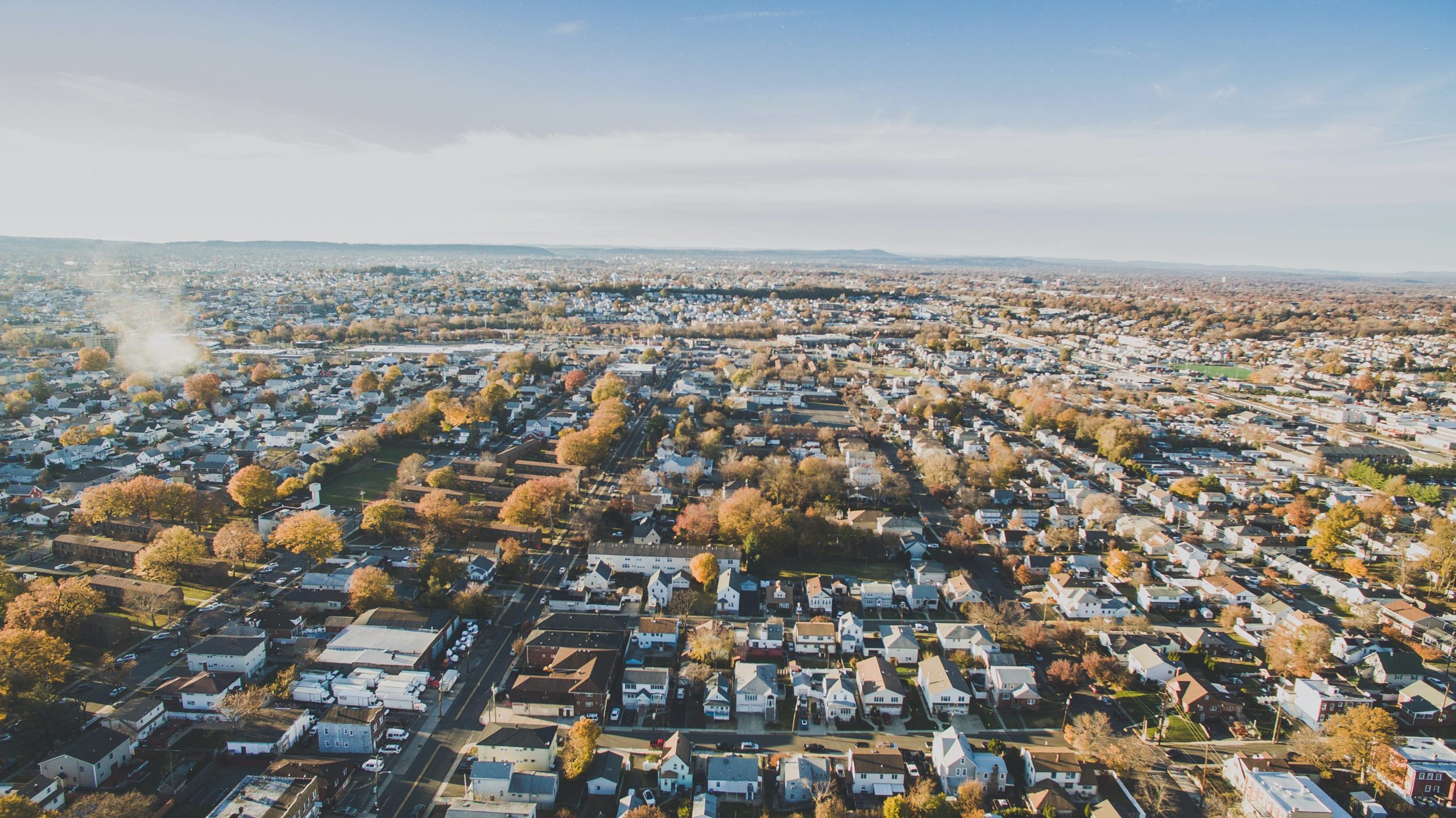Are Immigrant-Heavy Metro Areas More Economically Resilient?
Lessons from the Great Recession
Date: November 18, 2021

Are metropolitan areas with larger immigrant populations more sensitive to economic downturns? And, if so, how quickly are these immigrant-heavy regions able to recover?
While it is too soon to draw conclusions from the Covid-19 pandemic, the Great Recession of 2008 offers important lessons on how well local economies recover. As past research suggests, immigrant workers often have complementary labor force characteristics — meaning they possess different skills and work in different industries than U.S.-born workers — yet they are also often disproportionately affected by economic downturns. Given that immigrants make up significant shares of the workforce in key industries, such as technology, construction, accommodation, food services, and agriculture, the ability of immigrants — and, by extension, immigrant-dense local economies — to bounce back will have significant impact on the overall recovery of the U.S. economy. As such, examining how immigrant-dense metro areas fared during and after the Great Recession compared to less-immigrant-dense communities could help policymakers better anticipate and recover from a Covid-19 recession.
To this end, we first analyze data from the American Community Survey to assess how employment rates fluctuated during and after the Great Recession in the 100 largest metro areas in the United States. After factoring for differences in industry and the workforce in each, we then determine whether and how immigrant density contributes to the economic resilience of metro areas. Lastly, we divide our analysis into two periods: the recession (2008-2012), to determine how sensitive metro areas with different immigrant densities were to economic shocks; and the recovery (2012-2015), to determine how quickly employment rates rebounded in metro areas with different immigrant densities.
Key Findings
- Metro with the fewest immigrants saw the fewest job losses. Surprisingly, however, metro areas with the most immigrants did not see the most job losses. Instead, those metro areas in the middle, with average sized immigrant populations saw larger job losses.
- Metro areas with more immigrants were able to recover faster than those with fewer immigrants. On average, each additional 1 percentage point in the foreign-born share of the population in a metro area was associated with almost 800 more employed workers in 2015, three years after the worst of the recession.
- Together, this means that immigrant-dense areas were able to recover more quickly than areas with fewer immigrants, even if in many cases they experienced larger employment losses during the recession.
- These findings support the notion that immigrant-inclusive policy initiatives, often seen in immigrant hubs and traditional immigrant gateways, may soften the economic blow from recessions and help immigrants recover more quickly. These policies, by extension, can be expected to boost the resiliency of local economies where they are adopted.
Ultimately, more research is needed to disentangle how labor market conditions and inclusive local policies can help cities better handle recessions. However, for now our analysis suggests that the more immigrant-dense a metro is, the faster it can recover. This is important, given that many immigrant-heavy metro areas are among the most productive economic regions in the country and, as such, are critical for the overall recovery of the U.S. economy.
Read the full report here.






